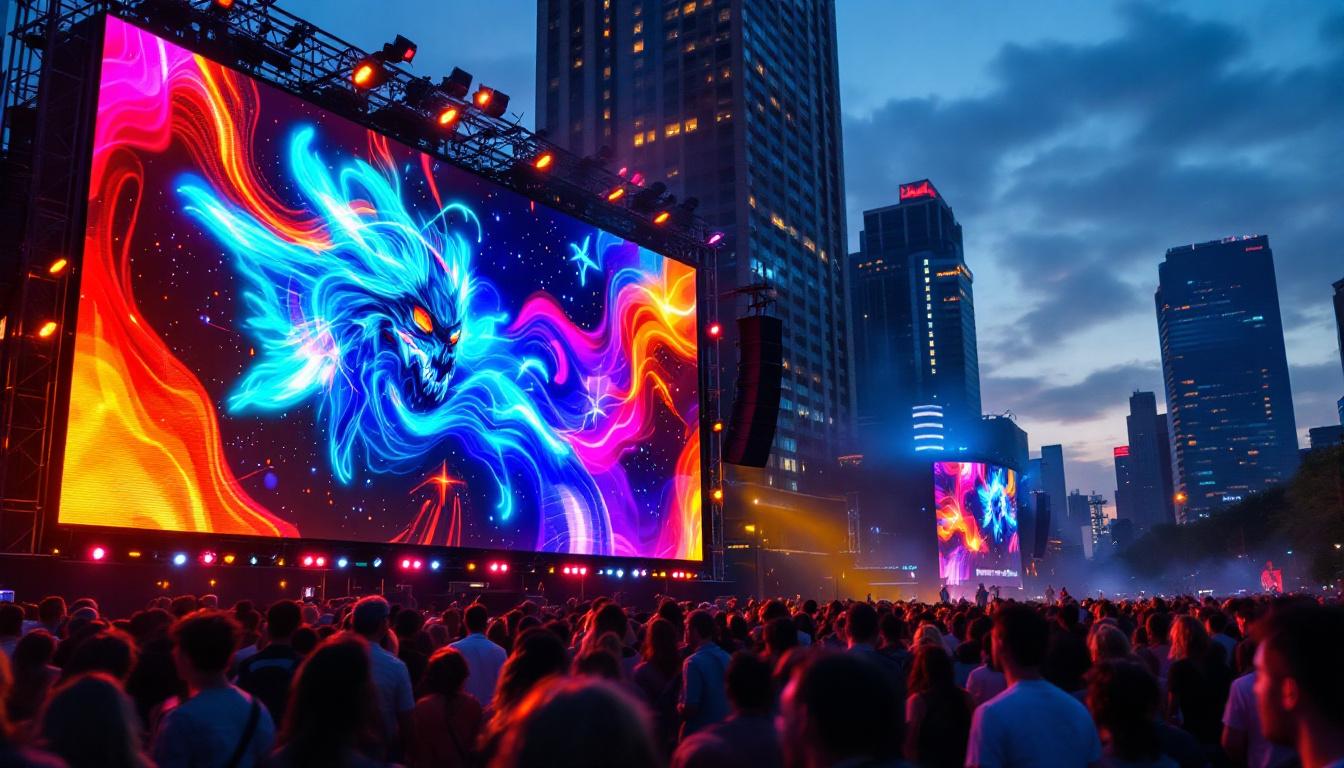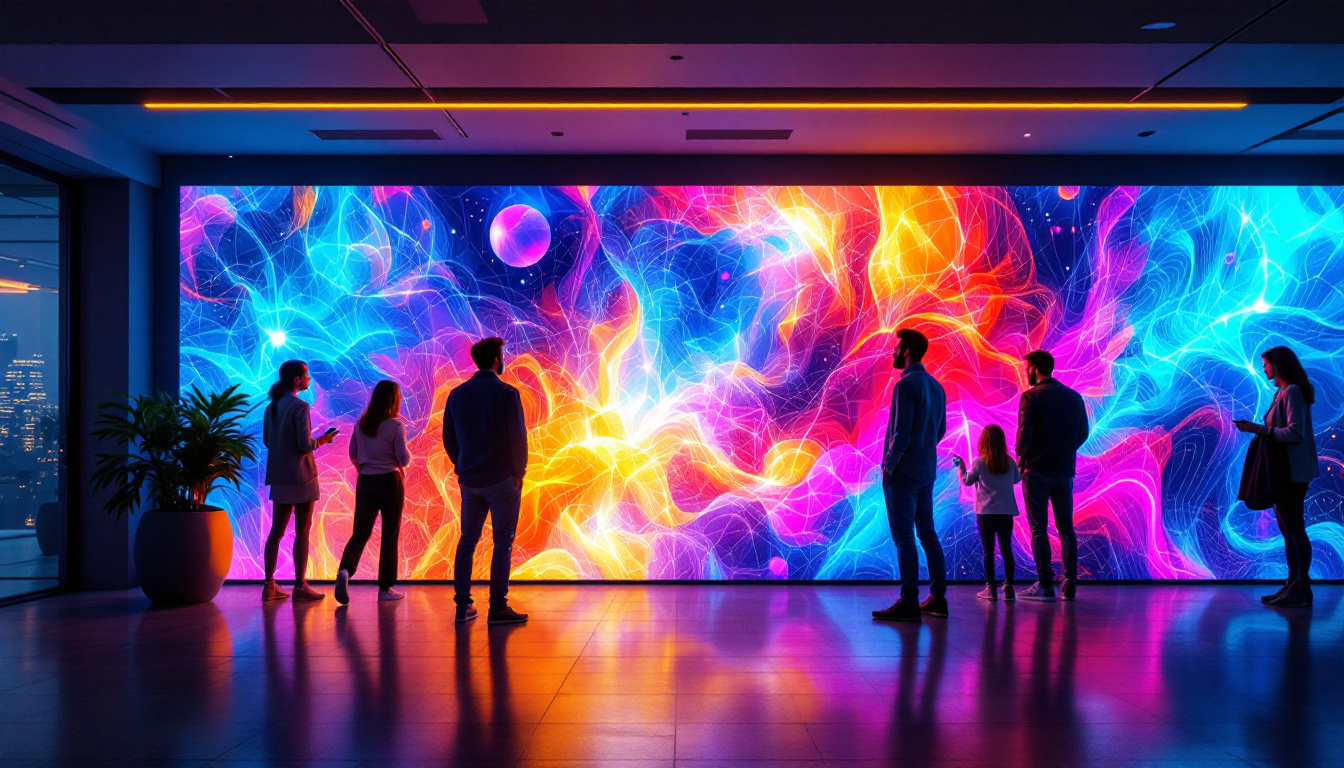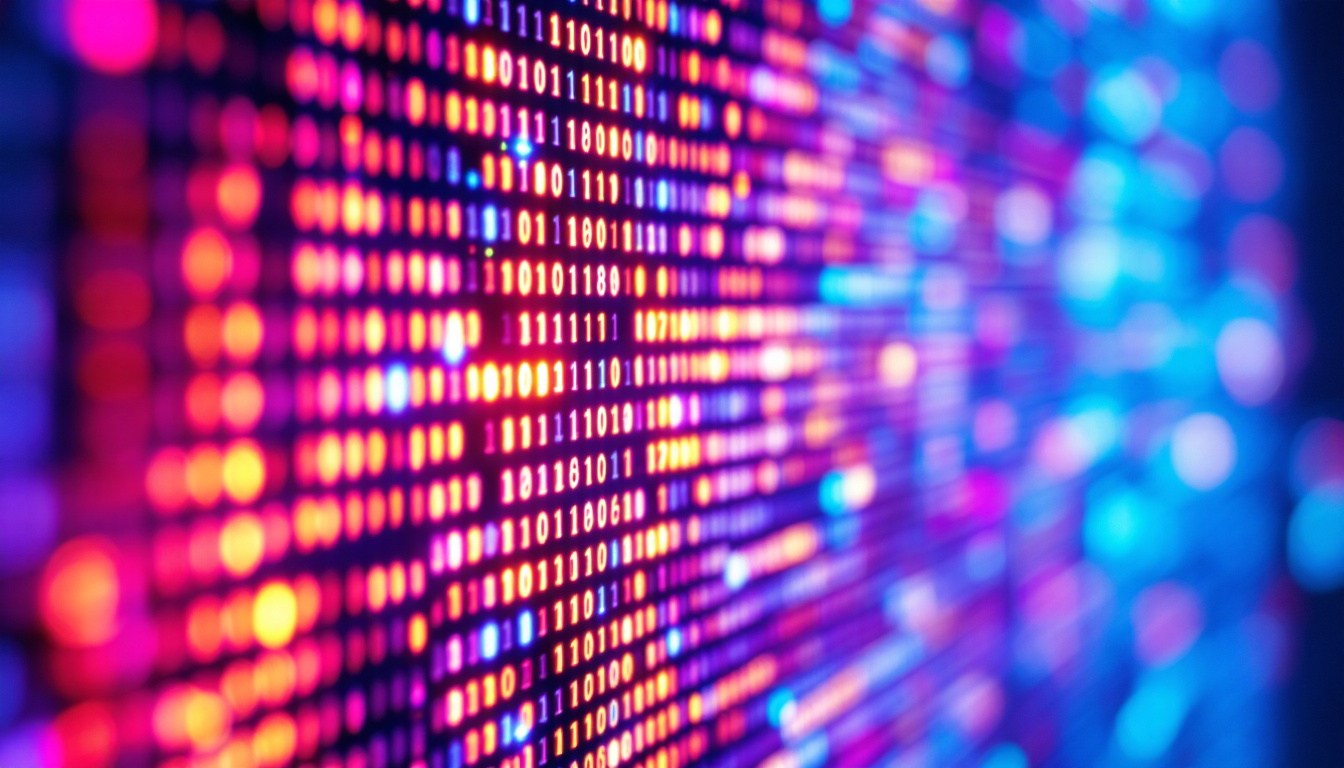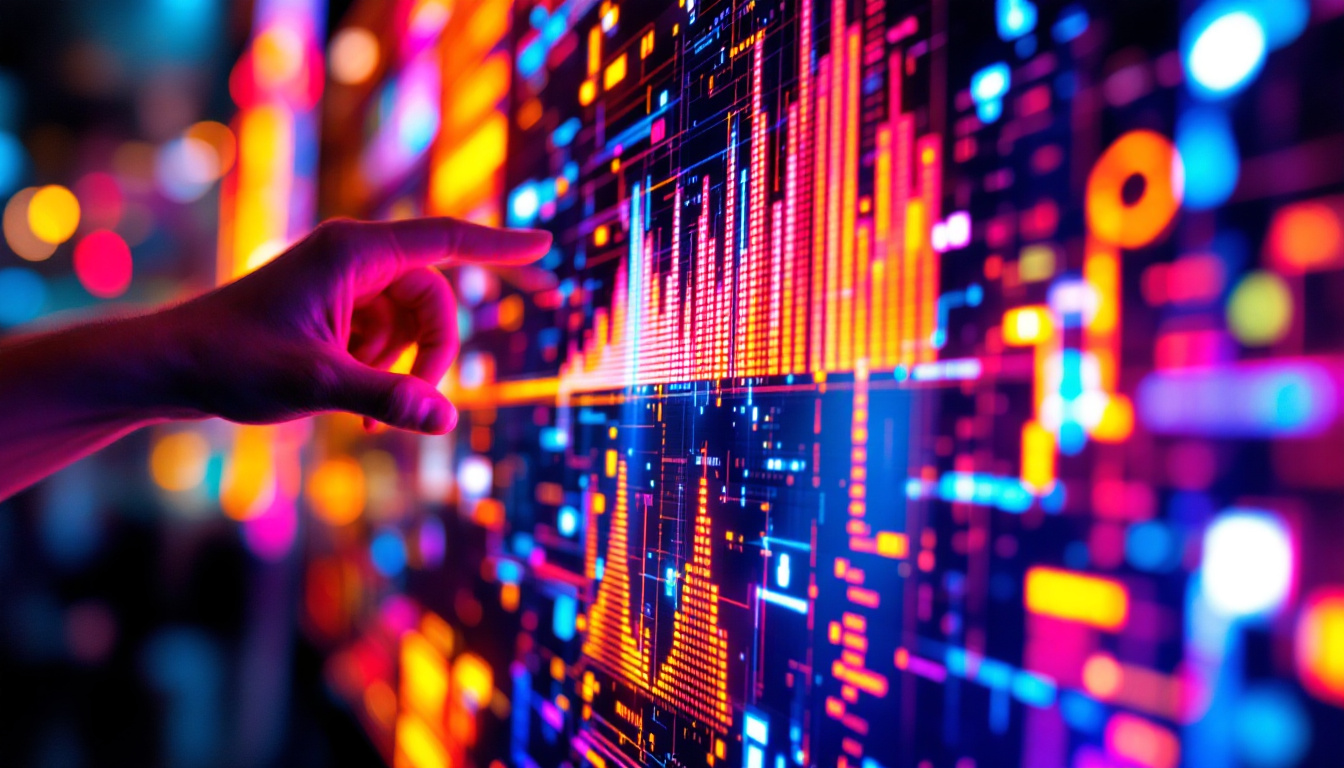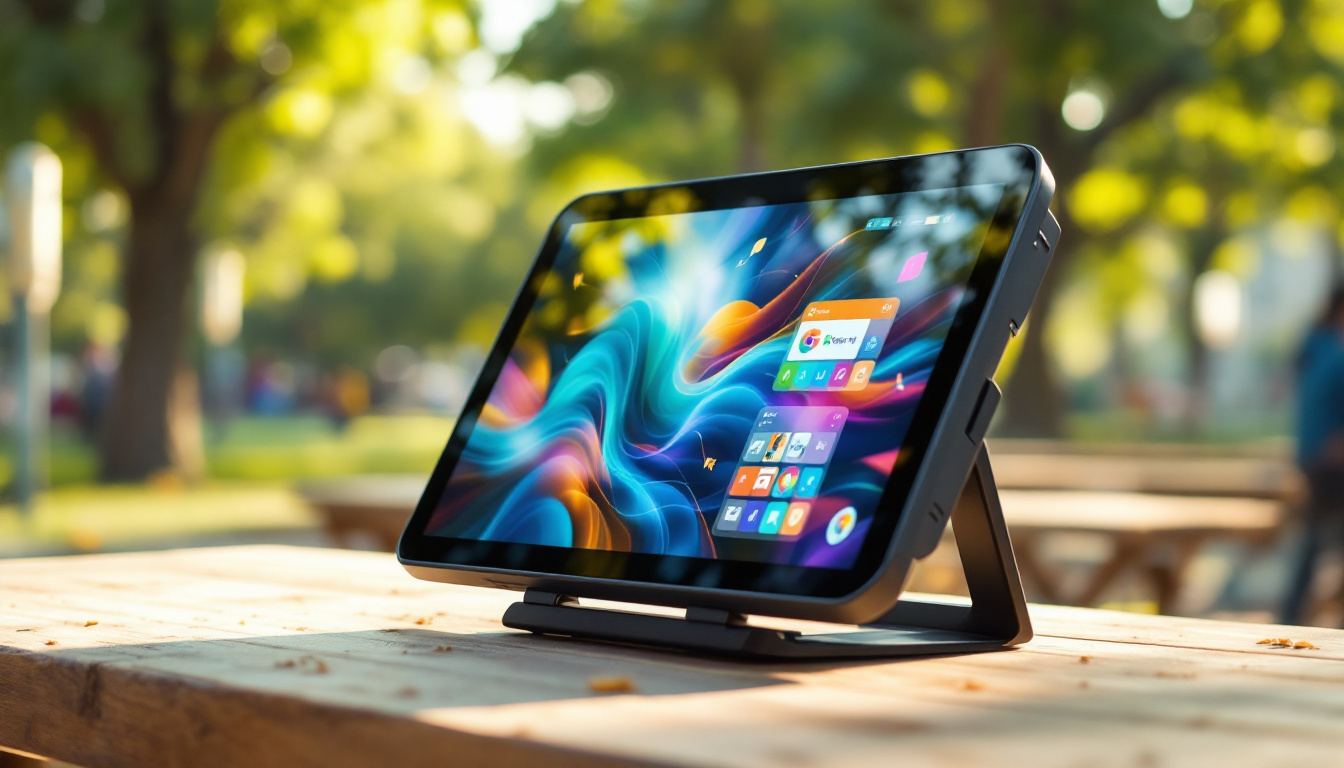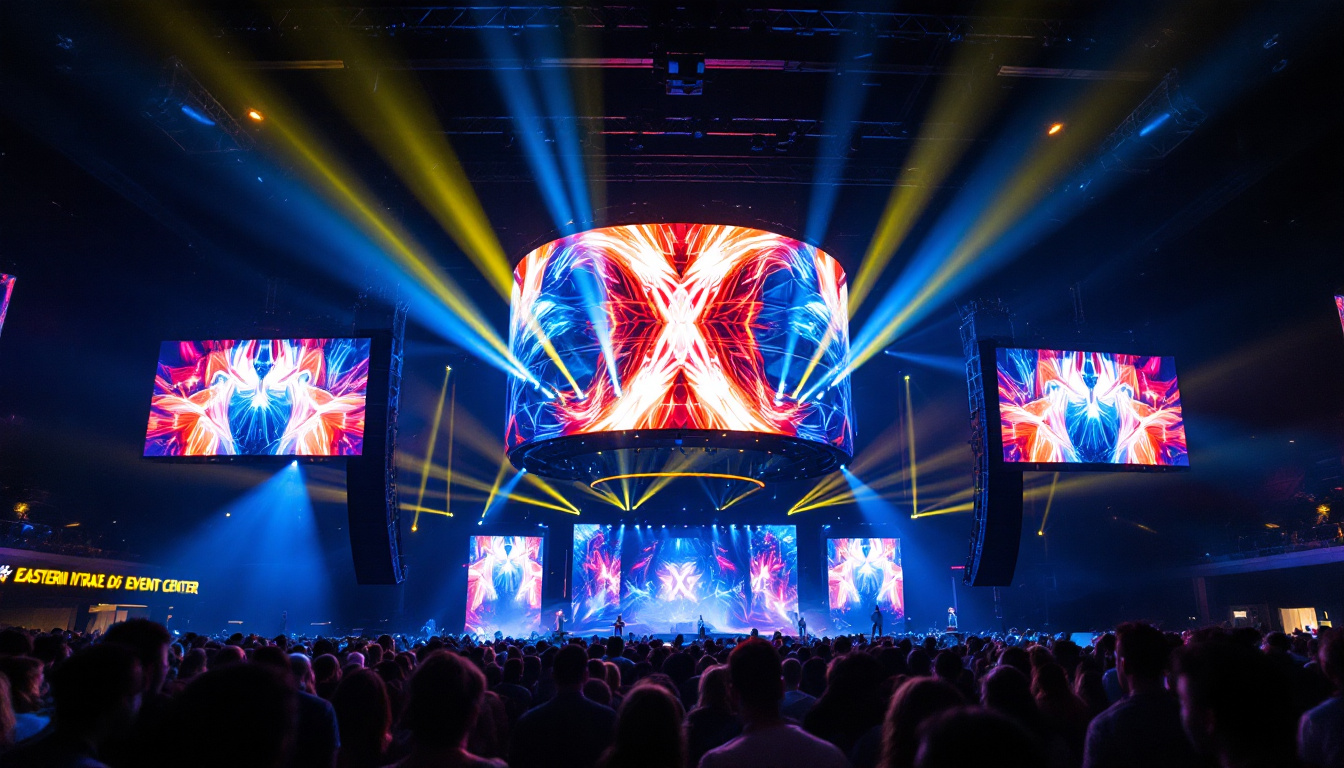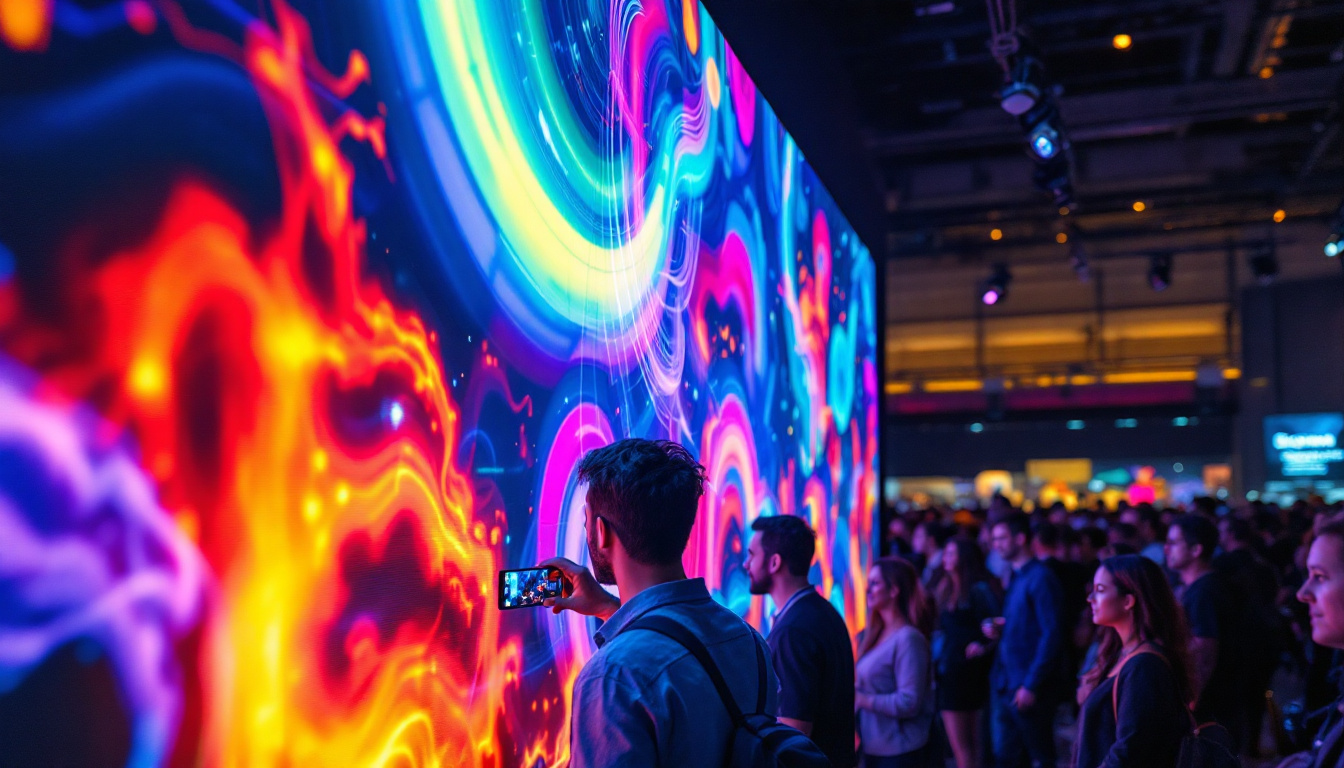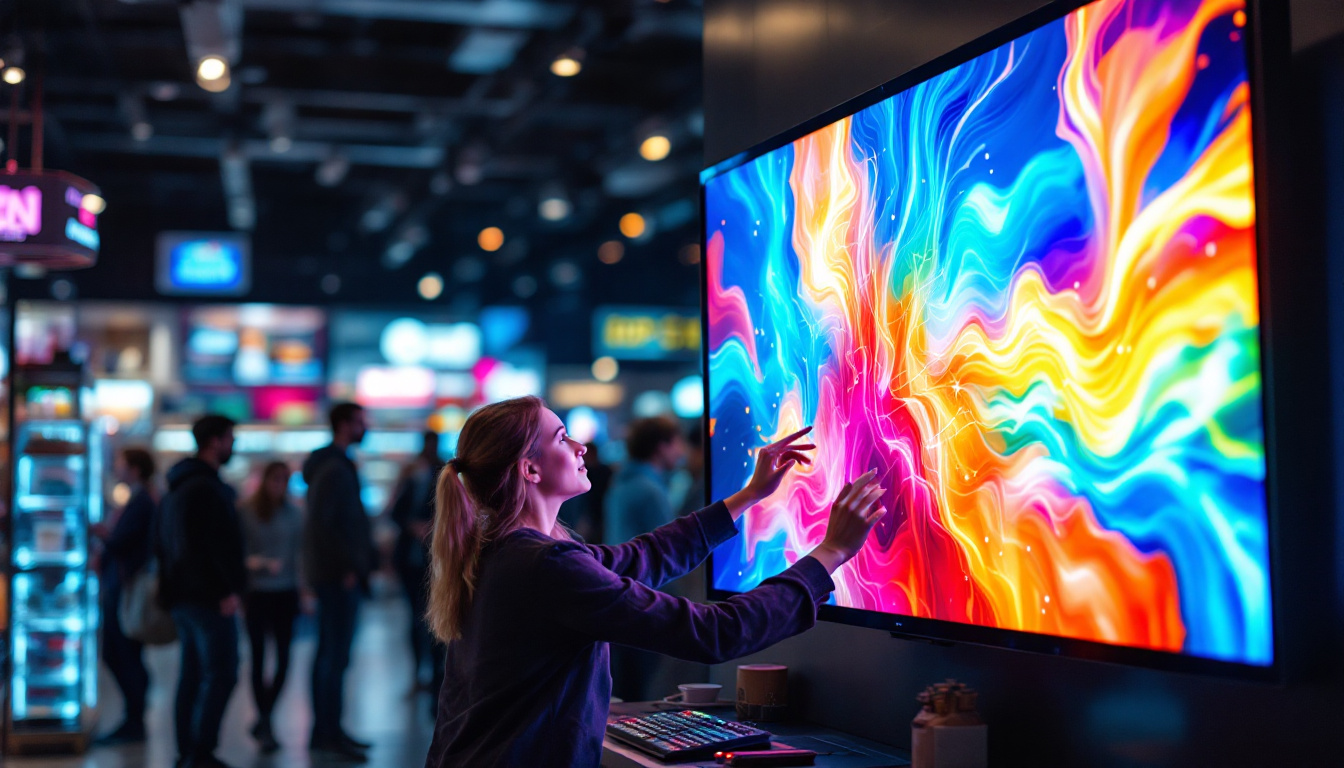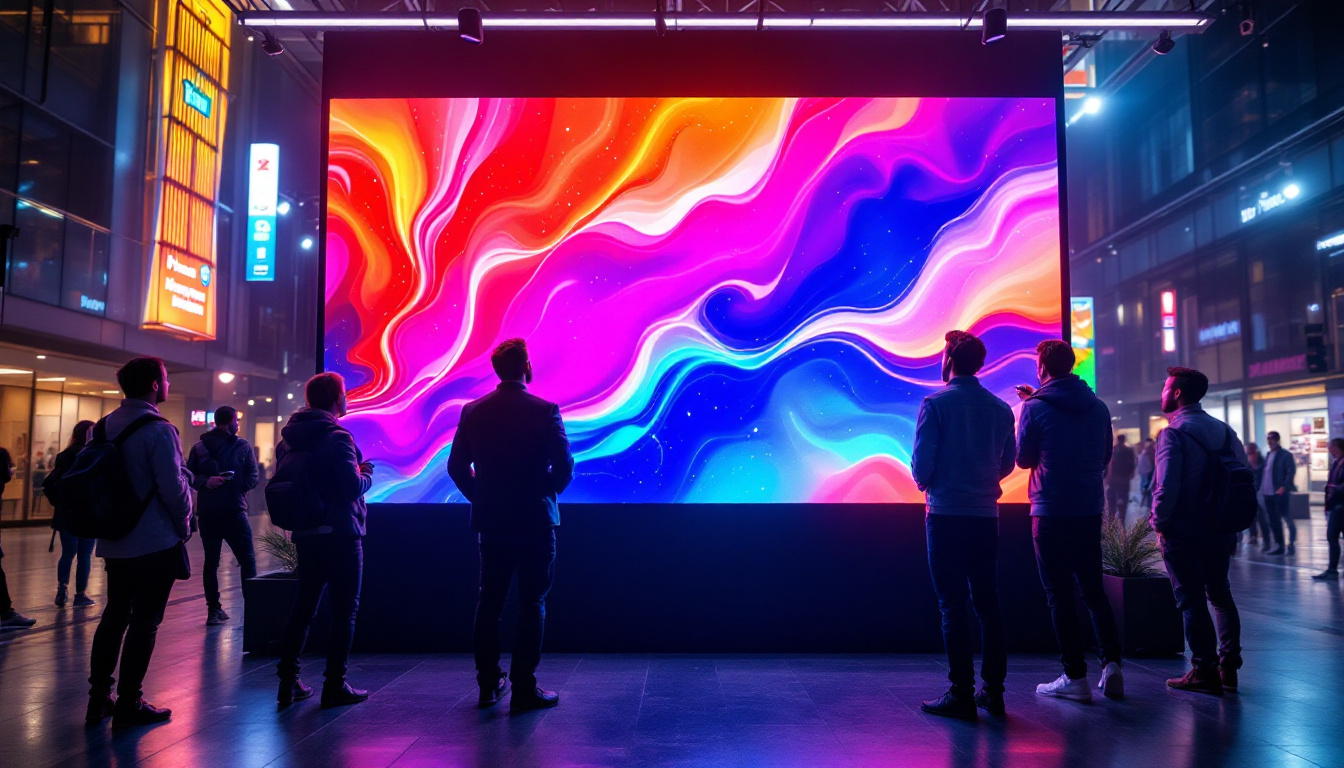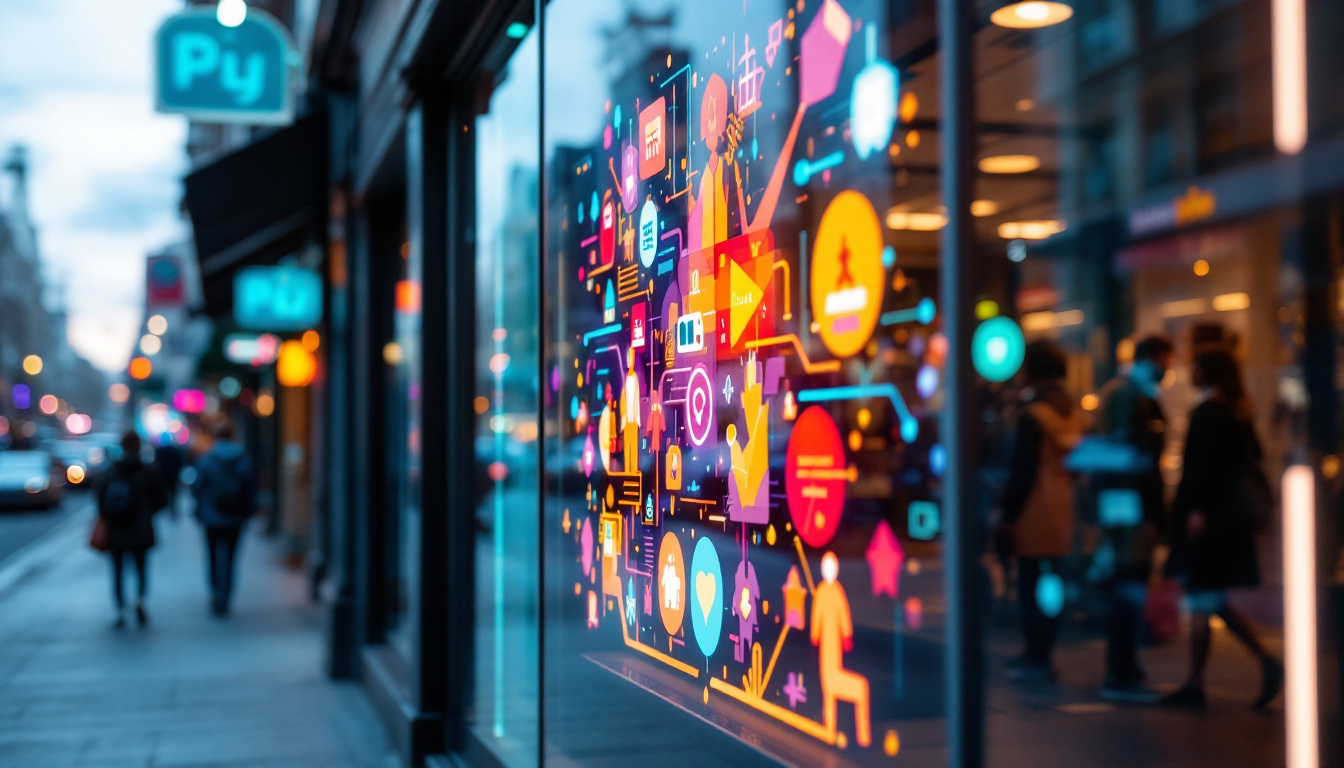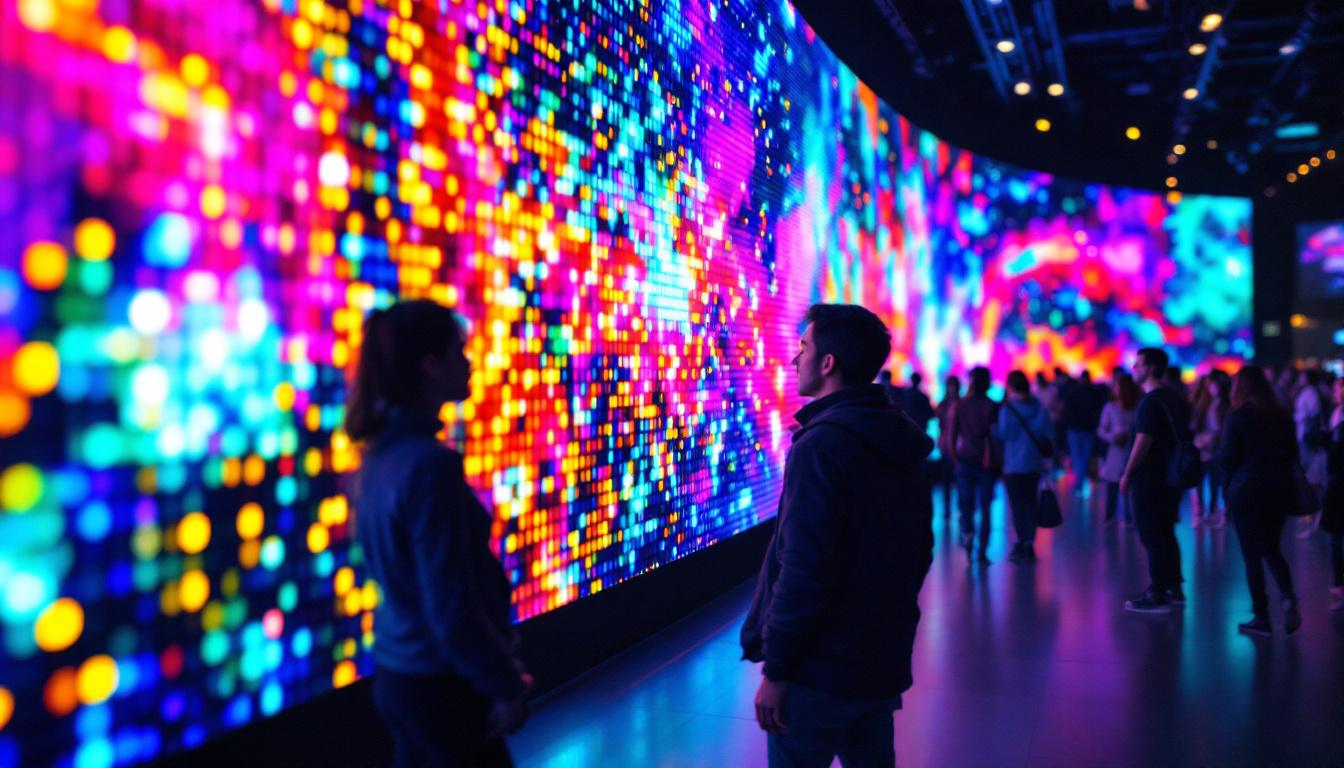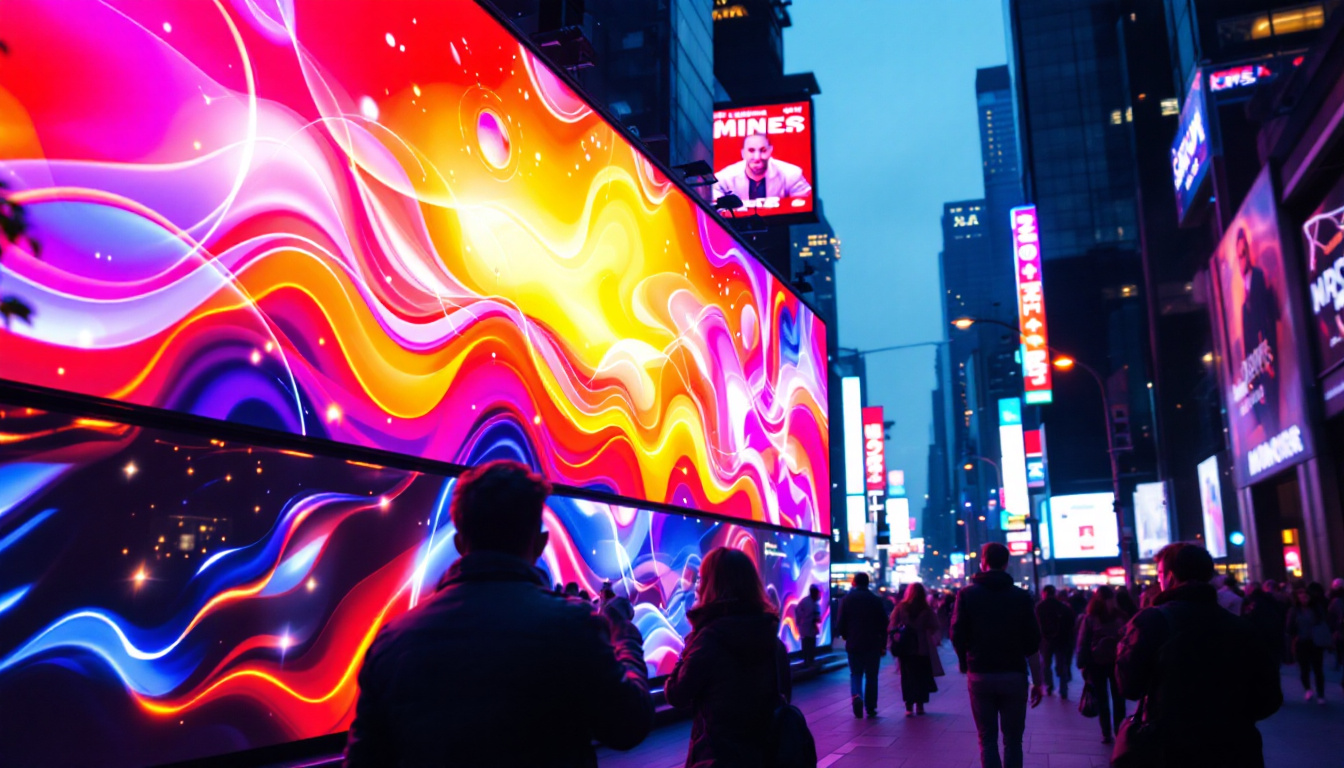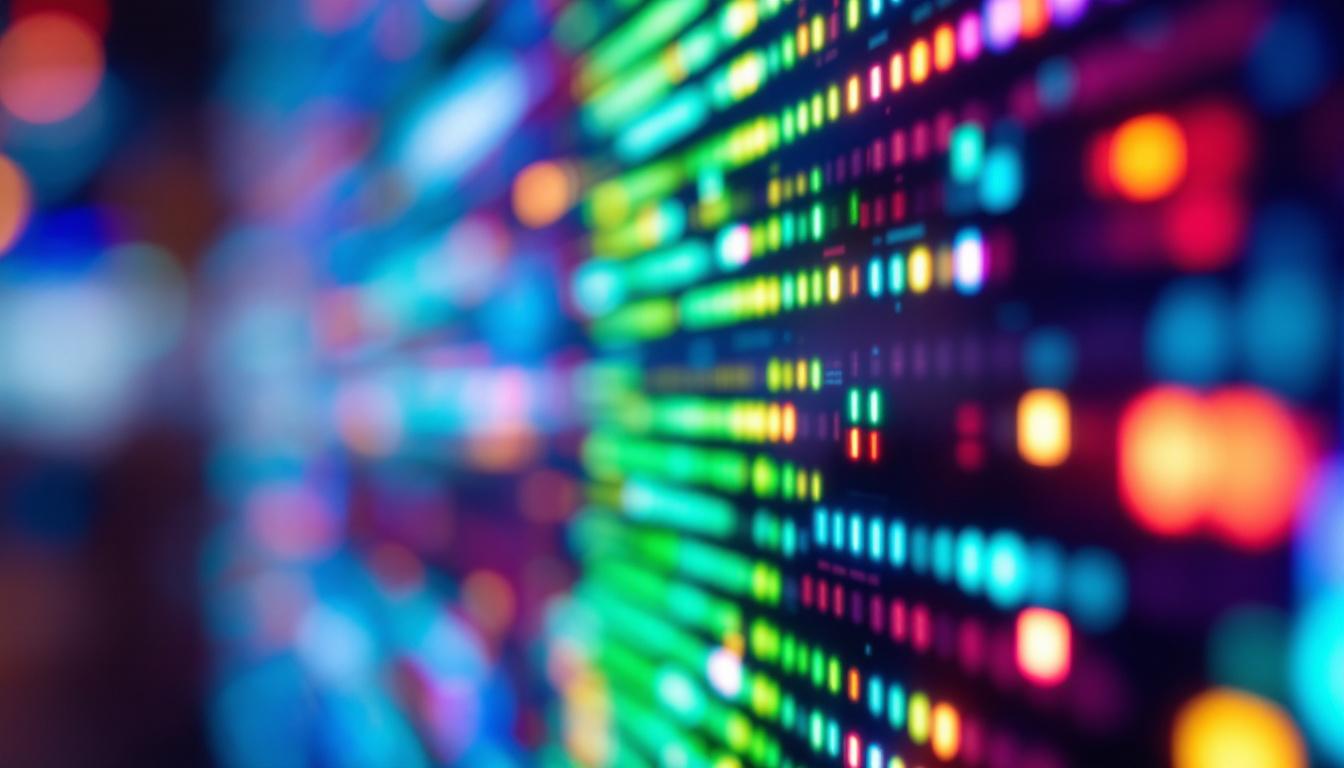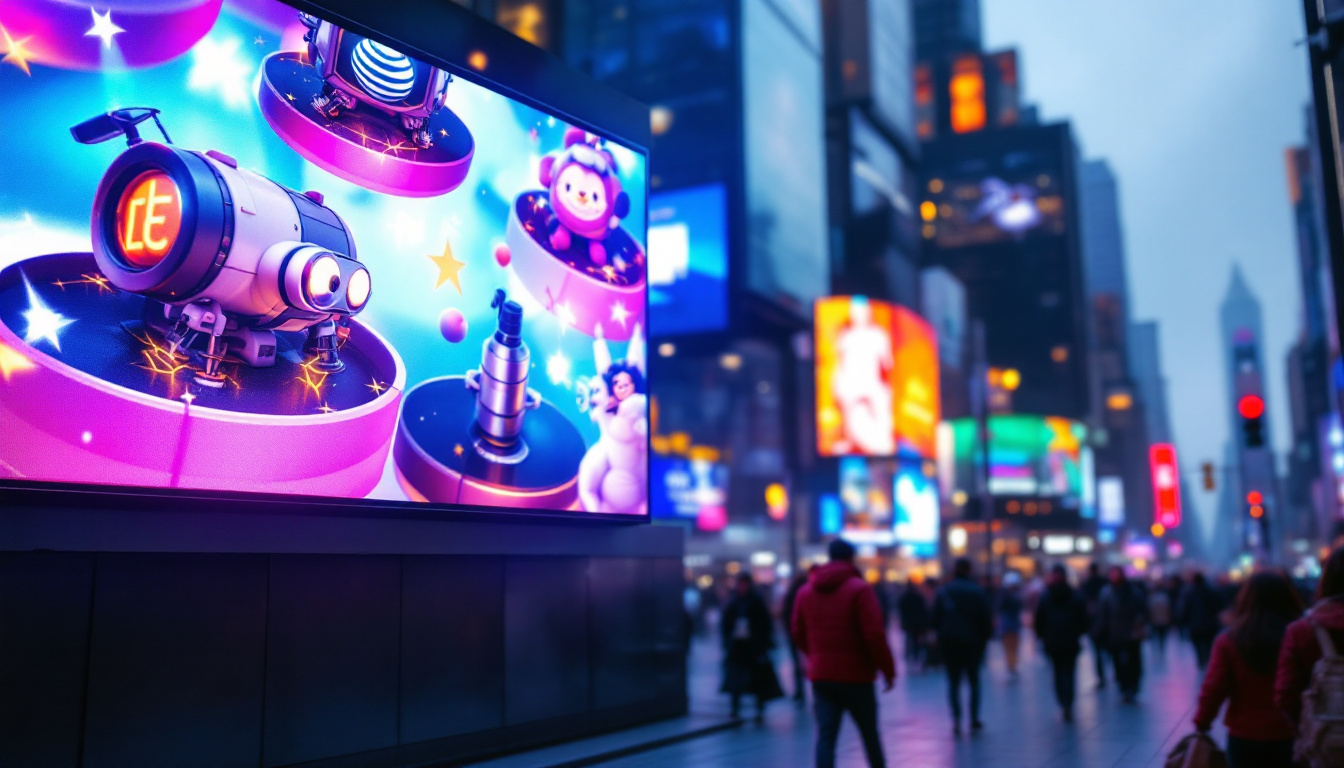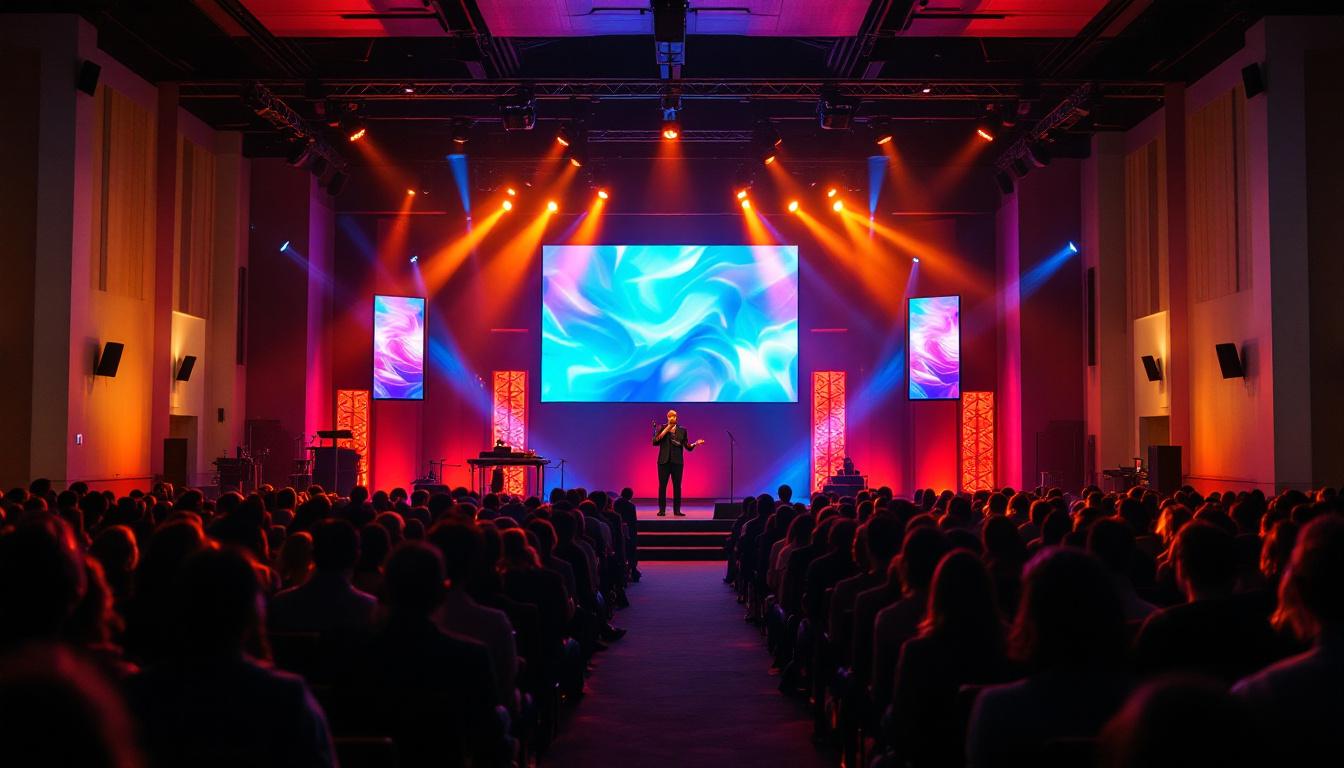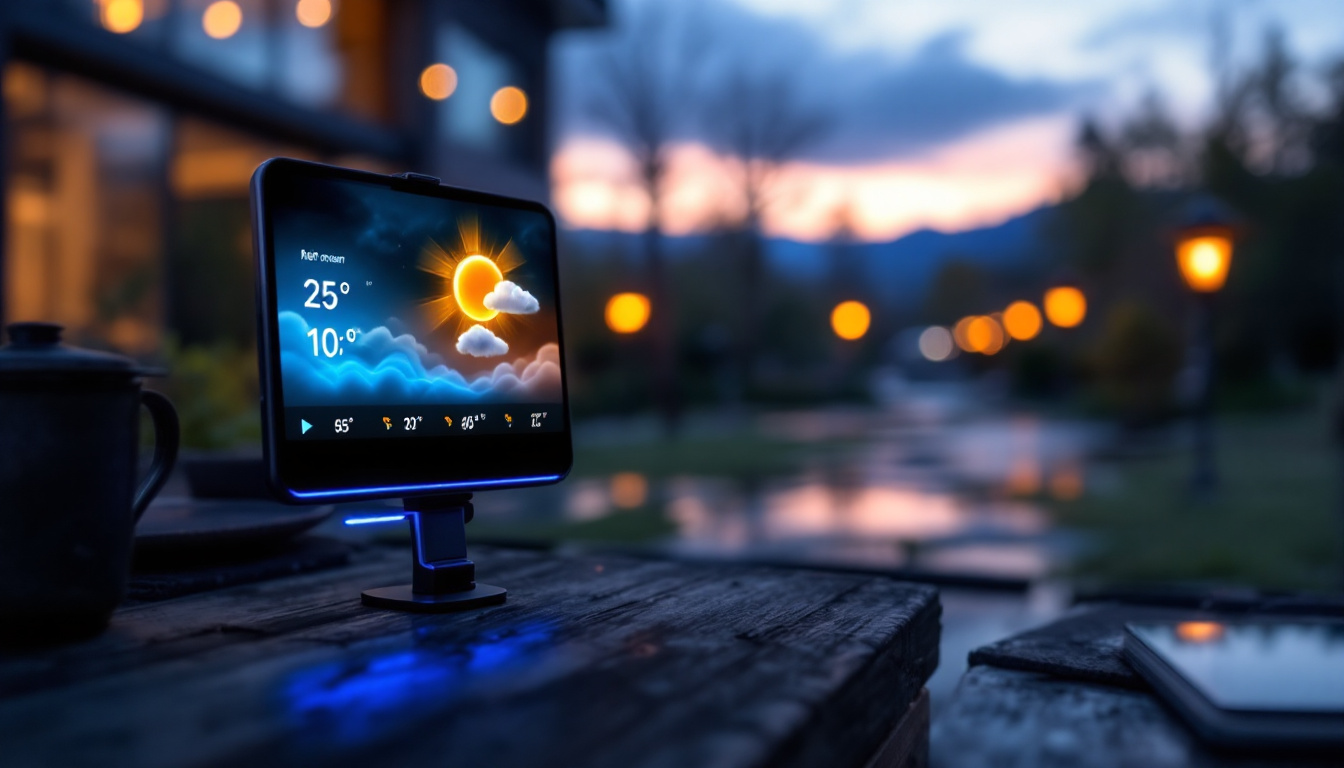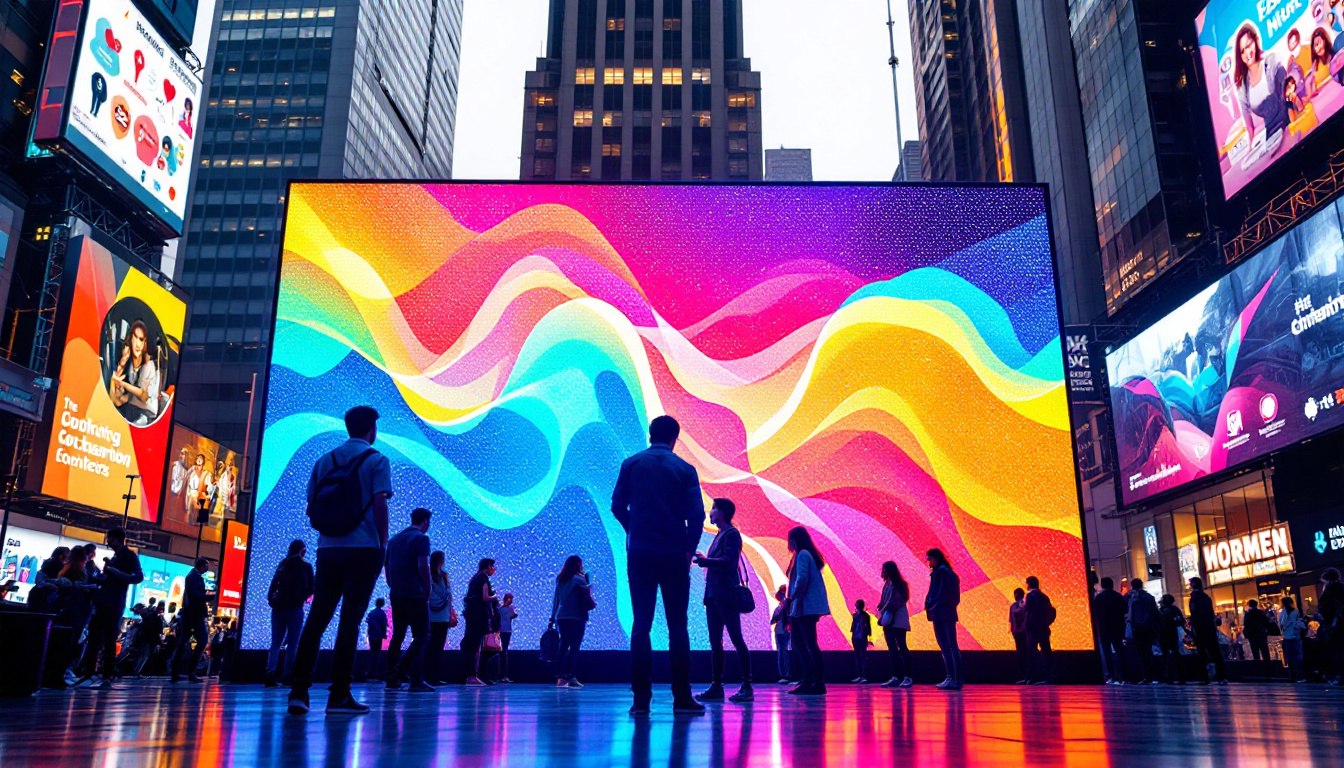In recent years, LED technology has revolutionized the way images and videos are displayed, offering brighter, more energy-efficient, and longer-lasting alternatives to traditional projection methods. Among these innovations, LED projectors have gained significant attention for their unique approach to image projection and display quality. This article delves into the fundamentals of LED projectors, explaining how LED displays work, the advantages they bring, and their applications across various industries.
Understanding LED Technology in Projectors
What Are LED Projectors?
LED projectors are devices that use light-emitting diodes (LEDs) as their primary light source instead of conventional lamps such as halogen or mercury vapor bulbs. Unlike traditional projectors that rely on a single powerful lamp, LED projectors utilize multiple LEDs to generate the light required to project images onto a screen or surface.
This shift to LED light sources has transformed the projector market by offering devices that are more compact, energy-efficient, and capable of producing vibrant colors with high contrast ratios. LED projectors are often used in portable projectors, home theaters, and even professional settings due to their versatility and performance. One of the key advantages of LED projectors is their longevity; while traditional lamps may need to be replaced every few thousand hours, LED lights can last up to 20,000 hours or more, significantly reducing maintenance costs and downtime.
How LED Displays Work in Projectors
At the heart of an LED projector is the LED light engine, which produces light in red, green, and blue (RGB) wavelengths. These LEDs illuminate a microdisplay panel, such as Digital Light Processing (DLP), Liquid Crystal on Silicon (LCoS), or Liquid Crystal Display (LCD) panels, which modulate the light to form the images that are projected.
Each LED emits light in specific colors, which are combined and controlled precisely to create the full spectrum of colors seen in the projected image. The microdisplay panel then manipulates this light by adjusting the intensity and pattern of pixels, resulting in sharp, vibrant images. Unlike traditional lamp-based projectors, which require color wheels or filters to produce colors, LED projectors can often deliver richer and more accurate colors due to the pure and narrow wavelength emissions of LEDs. This capability not only enhances the visual experience but also makes LED projectors particularly appealing for applications that demand high color fidelity, such as graphic design, photography, and video editing.
Furthermore, LED projectors tend to have faster startup times compared to their lamp counterparts. Users can enjoy immediate viewing without the lengthy warm-up periods associated with traditional projectors. This feature is especially beneficial in educational and business environments where time efficiency is crucial. Additionally, the compact size of LED projectors allows for greater portability, making them ideal for on-the-go presentations or movie nights at friends’ houses. As technology continues to advance, we can expect even more innovations in LED projector design, enhancing their capabilities and broadening their applications across various fields.
Key Advantages of LED Projectors
Energy Efficiency and Longevity
One of the most significant benefits of LED projectors is their energy efficiency. LEDs consume considerably less power compared to traditional projector lamps, translating into lower electricity costs and reduced environmental impact. For example, while a conventional projector lamp might consume between 150 to 300 watts, an LED projector typically uses less than 100 watts.
Moreover, LED light sources have an impressively long lifespan, often rated between 20,000 to 30,000 hours. This is substantially longer than traditional lamps, which generally last around 2,000 to 5,000 hours before requiring replacement. This longevity reduces maintenance costs and downtime, making LED projectors a cost-effective choice over time. As an added benefit, the reduced frequency of lamp replacements means less waste and fewer resources consumed in manufacturing new lamps, contributing to a more sustainable approach to technology.
Superior Color Performance and Image Quality
LED projectors excel in delivering vivid, saturated colors thanks to the narrow spectral output of LEDs. This results in a wider color gamut, meaning the projector can reproduce more colors accurately and vividly. For applications where color fidelity is critical—such as graphic design, photography, and cinema—LED projectors provide a distinct advantage. The enhanced color performance is particularly noticeable in high-definition content, where the subtleties of color can significantly impact the overall viewing experience.
Additionally, LED projectors often boast higher contrast ratios than lamp-based counterparts. The ability to produce deeper blacks and brighter whites enhances image clarity and depth, creating a more immersive viewing experience. This capability is especially beneficial in darker environments, where the contrast can make images pop and details stand out. Furthermore, many LED projectors come equipped with advanced image processing technologies that further refine picture quality, ensuring that viewers enjoy a crisp and vibrant display regardless of the content being presented.
Instant On/Off and Reduced Heat Output
Unlike traditional projectors that require warm-up and cool-down periods, LED projectors can power on and off almost instantly. This feature is particularly useful in environments where quick setup and shutdown are necessary, such as classrooms, business presentations, or events. The convenience of immediate usability means that users can maximize their time and focus on the content rather than waiting for the equipment to be ready.
LEDs also generate significantly less heat than traditional lamps, which reduces the need for bulky cooling systems. This contributes to quieter operation and allows for more compact and lightweight projector designs. The reduced heat output not only enhances user comfort but also extends the life of the projector’s internal components, further solidifying the reliability of LED projectors in various settings. Additionally, this lower thermal output can lead to a more energy-efficient operation overall, as less energy is wasted in cooling mechanisms, allowing for a more streamlined and eco-friendly device.
Applications of LED Projectors Across Industries
Education and Business Environments
LED projectors have become popular tools in classrooms and corporate settings due to their portability, reliability, and ease of use. Their long lifespan and low maintenance requirements make them ideal for institutions that rely on frequent presentations and multimedia content delivery.
Many educational institutions have integrated LED projectors into their smart classrooms, where interactive lessons and digital content play a central role. The bright, clear images produced by LED projectors enhance student engagement and improve learning outcomes.
Home Entertainment and Personal Use
The home theater market has embraced LED projectors for their ability to deliver cinematic-quality images in a compact form factor. Consumers appreciate the combination of vibrant colors, high contrast, and quiet operation, which contribute to an immersive viewing experience.
Portable LED projectors are also popular for personal use, such as outdoor movie nights or gaming. Their lightweight design and instant-on capability make them convenient for on-the-go entertainment.
Professional and Creative Industries
In professional settings such as design studios, advertising agencies, and event production, LED projectors are valued for their color accuracy and reliability. The ability to project sharp, true-to-life images is crucial when presenting visual content to clients or audiences.
Large-scale LED display walls, which are essentially arrays of LED modules, are widely used in concerts, trade shows, and public installations. These displays benefit from the same LED technology principles, offering high brightness and visibility even in outdoor environments.
Limitations and Considerations When Choosing LED Projectors
Brightness Levels and Ambient Light
While LED projectors offer many advantages, one limitation is their brightness output compared to high-intensity lamp projectors. Most LED projectors produce between 500 to 2,500 lumens, which is sufficient for dim or moderately lit environments but may struggle in brightly lit rooms or outdoor daylight settings.
For users requiring extremely high brightness, such as large venues or outdoor events, lamp-based or laser projectors might still be preferable. However, advances in LED technology continue to improve brightness levels, narrowing this gap.
Cost Considerations
Initially, LED projectors can be more expensive than traditional lamp-based models. The advanced LED light engines and microdisplay technology contribute to higher upfront costs. However, when factoring in the reduced maintenance, energy savings, and longer lifespan, the total cost of ownership often favors LED projectors over time.
Size and Resolution Options
LED projectors come in various sizes and resolutions, but some ultra-compact models may have lower native resolutions or limited connectivity options. It is essential to assess the specific needs—such as desired resolution, input types, and throw distance—before selecting an LED projector to ensure it fits the intended use case.
The Future of LED Projection Technology
Technological Innovations and Trends
LED projection technology continues to evolve rapidly. Recent developments include the integration of laser-LED hybrid light sources, which combine the benefits of both technologies to achieve higher brightness and better color performance.
MicroLED technology, which involves microscopic LEDs arranged in arrays to form displays, is also gaining traction. This technology promises even greater brightness, contrast, and energy efficiency, potentially transforming both projector and direct-view display markets.
Environmental Impact and Sustainability
As sustainability becomes a priority for consumers and businesses alike, LED projectors offer a greener alternative to traditional projection systems. Their lower power consumption and longer lifespan reduce waste and energy use, aligning with global efforts to minimize environmental footprints.
Manufacturers are increasingly focusing on recyclable materials and eco-friendly production methods, further enhancing the sustainability of LED projection products.
Conclusion
LED projectors represent a significant advancement in display technology, offering numerous benefits such as energy efficiency, superior color quality, longevity, and ease of use. While they may not yet match the brightness of some traditional lamp-based projectors in all scenarios, their advantages make them an excellent choice for a wide range of applications—from education and business to home entertainment and professional use.
Understanding how LED displays work within projectors helps users make informed decisions when selecting projection equipment. As LED technology continues to improve, it is poised to become the dominant light source in projection systems, driving innovation and enhancing visual experiences worldwide.
Explore Cutting-Edge LED Display Solutions with LumenMatrix
Ready to elevate your visual experience with the latest in LED display technology? Look no further than LumenMatrix, a pioneer in crafting immersive LED displays that bring your content to life. Whether you’re looking to captivate an audience with an Indoor LED Wall Display, make a statement in the great outdoors with an Outdoor LED Wall Display, or innovate on the move with a Vehicle LED Display, LumenMatrix has the solution for you. Our extensive range of products, including LED Poster Displays, LED Sports Displays, and even Custom LED Displays, are designed to meet the diverse needs of any application. Embrace the future of visual communication and Check out LumenMatrix LED Display Solutions today to see how we can help you share your message with unparalleled clarity and impact.





